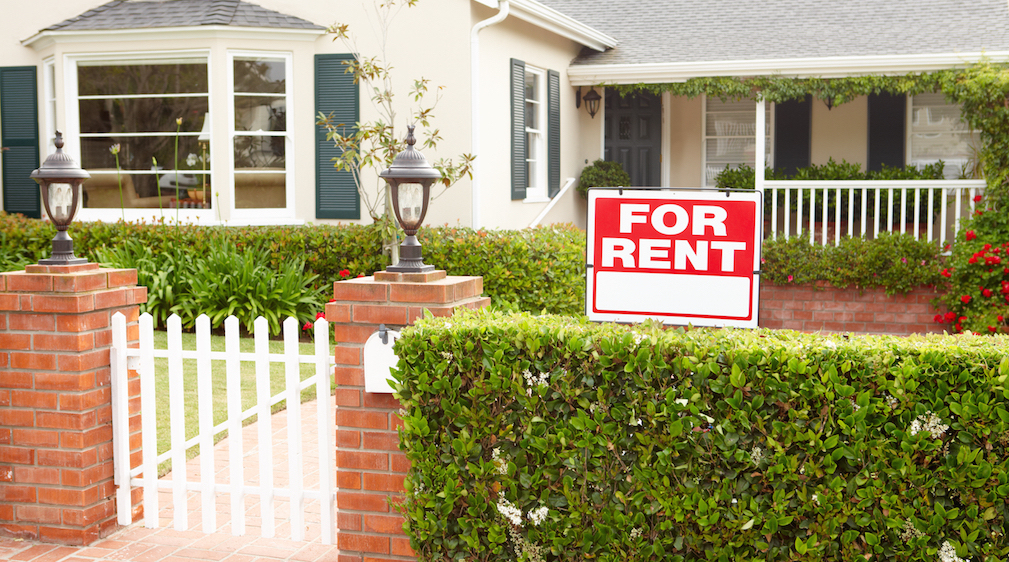More young families chose to rent instead of buy in the 10-year span from 2006-2016, according to a study by RENTCafé.
Likely influenced by rising home prices, tough lending rules and a lack of entry-level homes, the number of families with minor children that owned a home decreased by 3.6 million during this time, while rentals for this group increased by 1.9 million.
Using data from the U.S. Census Bureau, RENTCafé noted that during this 10-year period, the number of families with children living in rentals increased by 16%, while homeownership rates for the same demographic fell 14%.
The study states that this trend is apparent nationwide.
“The rise of renting and the decline of ownership among families with children is not only confirmed in all 30 largest U.S. metropolitan areas, but it’s also very prominent in many of them,” RENTCafé wrote. “At the confluence of forces that prevent families from buying homes and compel them to rent, the cost of housing is probably the strongest force.”
The report states that the national median price of a single-family home has increased 35% in the past five years, increasing at a rate that is 75% greater than rents.
Southern cities saw the highest increase in families that were living in rentals, according to the report, with Atlanta, Phoenix, Houston, Miami and Charlotte, North Carolina topping the list.
The greater Charlotte area experienced the most significant jump with a 73% increase in families with kids who were renting their home. The Atlanta area came in second with a 51% jump in the number of renting families.
The metro areas that lost the most homeowner families were Detroit, Miami, Las Vegas, Los Angeles and Riverside, California, which all registered decreases of more than 20%, according to the report.
“These statistics show the tremendous effects of this relatively short but eventful period of time on American families,” the report stated. “These 3.6 million fewer owner households are families who lost their homes in foreclosures or otherwise, they are young families who are unable to overcome the current financial barriers to become homeowners, and they are also homeowners whose children grew up and no longer fall into this category.







